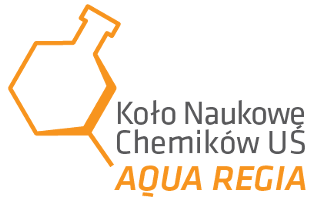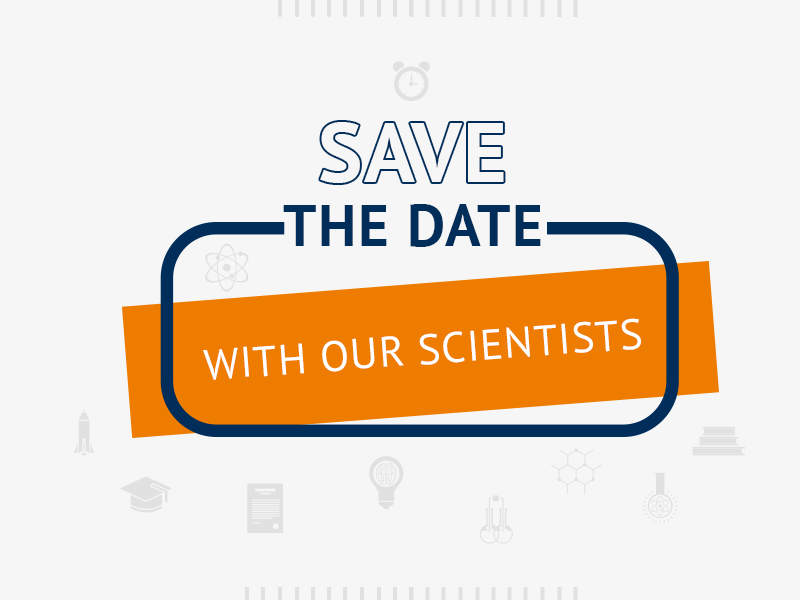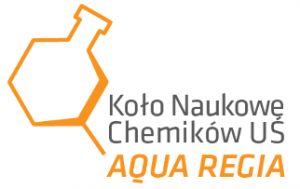
31 January
INTERNATIONAL ILLUSIONISTS’ DAY

„Save the date” is a series of articles that have been written to celebrate various unusual holidays. The authors of the presented materials are students, doctoral students and employees of the Faculty of Science and Technology of the University of Silesia.
31 January is celebrated as International Illusionists’ Day.
Sometimes when you see something, it seems to you that… You’ve got the impression that… And then, it turns out that it was something else than you thought at first. Coincidence? No – an illusion! Magicians of all countries like it! And the students of the Chemists’ Research Group “Aqua Regia” can’t wait to reveal these magic secrets to you…
In the world around us we often encounter phenomena that are difficult for us to explain. It is said that to believe something you have to see it first, although in the case of an illusion it is seeing something that doesn’t really exist. Most of us associate illusions with pulling rabbits out of a hat and doing other magic tricks. However, for a chemist, illusions are an inseparable part of many interesting experiments the basis of which is to surprise the observer with a non-obvious effect. Let’s take a closer look at a few of them to see where all the magic of chemistry comes from.
The “Vanishing Blue” experiment can be compared to an illusionist disappearing in a closet – but chemistry has nothing to hide and everything happens before our eyes. At first glance, the liquid is clear. And it actually is! But when we shake the flask, it turns blue. Over time, without any additional stimulus, the solution slowly becomes clear again. Real magic, no gimmicks, everyone saw it! How did it happen? The observed colour changes of the liquid are the result of two countercurrent reactions taking place in the solution: reduction and oxidation of the dye. The glucose contained in the solution reduces the dye, causing it to discolour, while shaking the flask brings energy to the system, causing the oxygen contained in the air to oxidise the dye, and as a result, the solution turns blue.
So maybe next, let’s use magic tricks to do something for us. We would like to ask them to wash the laboratory glass for us… But this time we will focus on more charming things – let the balloon inflate itself. We add reagents to the conical flask. When we put a balloon over its outlet, it starts to fill with gas. It’s amazing because the gas is invisible and is made of liquid and solid reagents. The explanation is simple: when we add baking soda to the vinegar, a chemical reaction occurs. It produces carbon dioxide that fills the balloon.
But sometimes chemical magic shows up in the most unexpected forms. Could any of us suppose that some liquids, under certain conditions, can become as hard as stone and then melt in our hands like a thick soup? Liquids that show such unusual properties are called non-Newtonian, and the appropriate experiment with one of such liquids. Anyone can do it – we only need potato starch and water! You have to mix both ingredients in a ratio of approximately 1:1. In order to test the properties of this magic mixture, first we have to slowly dip our fingers into it. They drown, don’t they? However, when we want to pull them out quickly, the mixture acts as if it wants to trap us in its sticky grip. Exactly – sticky. This word is key here, because it is the viscosity of this non-Newtonian liquid that is responsible for its properties, and it depends on how quickly we act on the liquid with a certain force. As we dipped our fingers slowly, the viscosity of the liquid changed only slightly, and the hand went to the bottom like a leaky ship. However, when we tried to pull them out with a quick movement, the viscosity of the liquid increased and the capricious mixture became sticky. A similar situation would arise if instead of quickly taking our hand out of the mixture, we tried to rapidly dip it into the suspension – then it would encounter a hard barrier that, like a guard, would protect the way into the liquid.
Finally, let’s move the chemical tricks to a slightly more familiar environment – bloody fight scenes, of course those from the big screen. Cinematography is full of blood, but how to get it without depriving anyone of their liquid tissue? Nothing easier! Without spoiling the story too much, the attacker with a blade made one cut and blood was shed – but did that really happen? No! The victim’s body was actually rubbed with a solution of potassium thiocyanate, while the murder weapon was smeared with iron (III) salt. Upon contact of the weapon with the skin, the iron complexation reaction with rhodium ions took place, resulting in the formation of a complex compound with a blood-red color. A real illusion before our eyes.
These examples show us that even in our environment we encounter illusions based on chemical reactions and physical phenomena. If you are curious about other fascinating experiments, please visit YouTube channel of the “Aqua Regia” Chemists’ Research Group, where you can find more magical experiments.
Fot. UŚ archive
Chemists’ Scientific Circle AQUA REGIA
Institute of Chemistry






